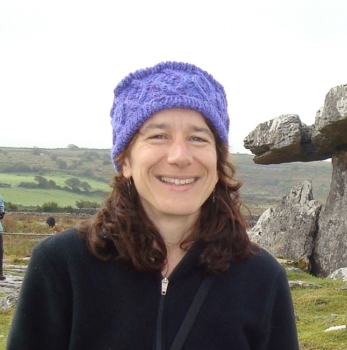Understanding nature recovery paths and ecosystem functioning through forests health assessmentsCase study
Quantifying the health of forests ecosystems by means of earth observation can aid in understanding nature recovery paths and ecosystem functioning
Forests are one of the principal providers of ecosystem services globally and serve as a source of diverse values to human society. Many of society’s needs, economic processes, and cultural or spiritual values depend on forests. Forests are known to be crucial sources of food, medicine drinking water, and immense recreational, aesthetic, and spiritual benefits for millions of people but they also host more than 80% of all species living on land (FAO and UNEP, 2020). These benefits have not been properly assessed especially in tropical Africa as compared to other regions (Castañeda, 2011).
The increasing anthropogenic threats to tropical forests in Africa are already affecting the provision of some key forest ecosystem services (FES) that help to mitigate climate change and at the same time propel conservation of nature, both being global importance issues. We focus on understanding and quantifying ecosystem functions and services that are modified across gradients of human intervention, with a specific focus on– cocoa productivity – which is thought to be directly affected by the structural and chemical composition and health of the surrounding forest landscape.
The expected outputs are:
(i) Initial Earth Observation (EO) datasets needed to expand analysis to other regions
(ii) Understanding of the EO metrics that can be derived and constructed and that reflect the health of a forest ecosystem going beyond the classical fragmentation metrics
(iii) Initial mapping of the health of the forest – cocoa plantation system with EO
(iv) Statistical analysis of the relation between forest health metrics and cocoa crop yield.
Project outputs
- Society
- Remote sensing
- Scale and Technology
- Awards
- Remote sensing
- Scale and Technology
- Society
- Awards
Kumeh, Eric Mensah. (2023). How agroecology can help build dynamic cocoa agroforests in Ghana.. Agroforestry at work .
This article describes the transformative potential of agroecology as a beacon of hope for reestablishing balance in Ghana’s cocoa-forest mosaic landscapes. Agroecology — rooted in the principles of ecological harmony and sustainable agriculture — offers a way to revive and restore biodiversity, empower farmers and ensure a resilient and thriving future for cocoa farms.
Boonman, C.C.F., Serra-Diaz, J.M., Hoeks, S., Guo, W-Y., Enquist, B.J., , B., Malhi, Y., Merow, C., Buitenwerf, R., Svenning, J-C. (2024). More than 17,000 tree species are at risk from rapid global change.. Nature Communication.
Trees are pivotal to global biodiversity and nature’s contributions to people, yet accelerating global changes threaten global tree diversity, making accurate species extinction risk assessments necessary. To identify species that require expert-based re-evaluation, we assess exposure to change in six anthropogenic threats over the last two decades for 32,090 tree species. We estimated that over half (54.2%) of the assessed species have been exposed to increasing threats. Only 8.7% of these species are considered threatened by the IUCN Red List, whereas they include more than half of the Data Deficient species (57.8%). These findings suggest a substantial underestimation of threats and associated extinction risk for tree species in current assessments. We also map hotspots of tree species exposed to rapidly changing threats around the world. Our data-driven approach can strengthen the efforts going into expert-based IUCN Red List assessments by facilitating prioritization among species for re-evaluation, allowing for more efficient conservation efforts.






